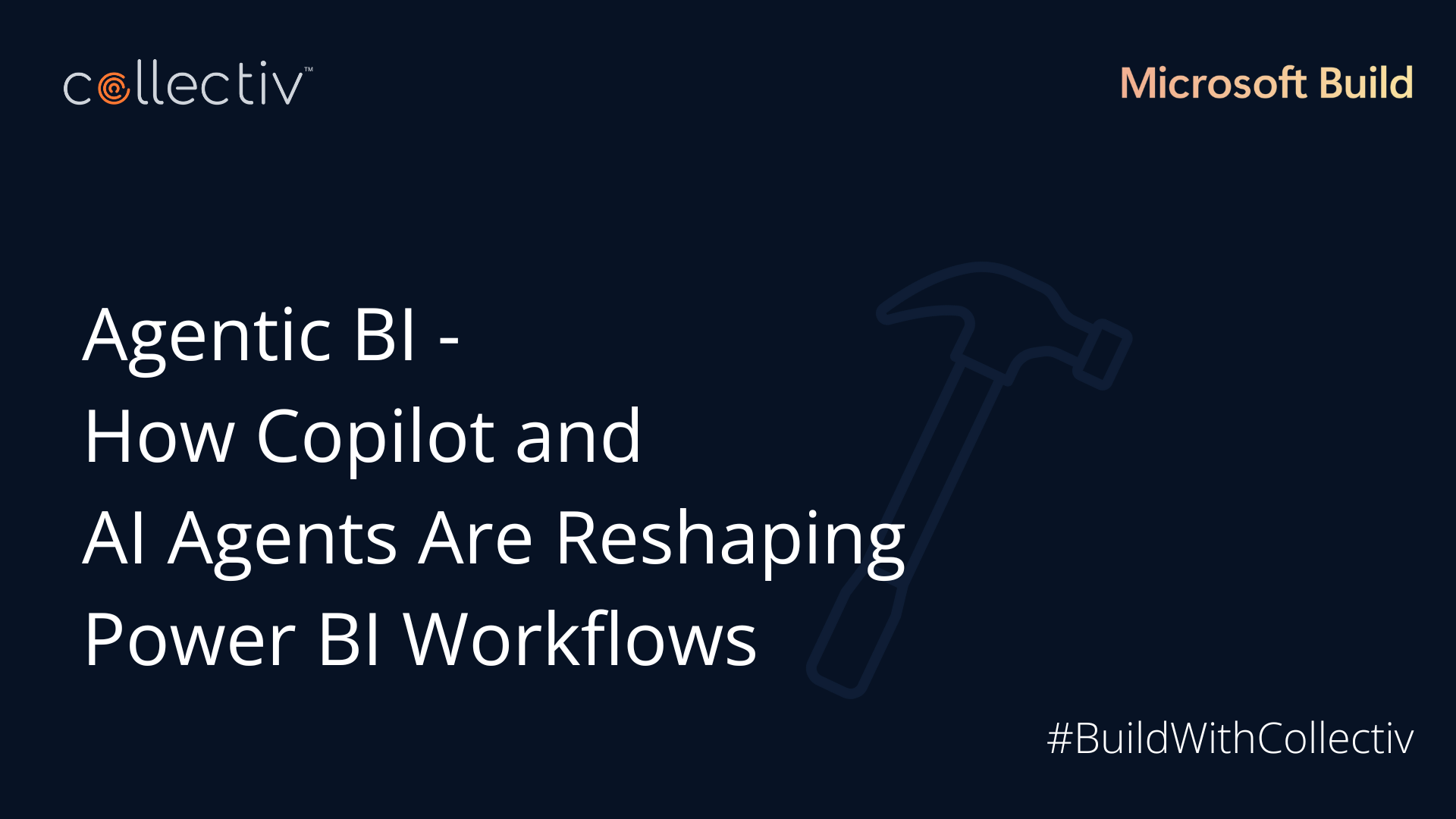Power BI is a powerful tool that transforms the way your enterprise visualizes and leverages data. But, Power BI only delivers on its potential if your enterprise team knows how to wield it.
Data governance seems daunting for many organizations, but maintaining data integrity is easier than you think. A Center of Excellence helps drive BI tool adoption, sets best practices for reporting, and enables end-users to use Power BI confidently.
Do you have a Power BI Center of Excellence (CoE) framework in place? Here’s why you need one and how to build it.
Why You Need a Power BI CoE Framework
When you implement a new tool like Power BI in your organization, you clearly want high adoption rates. Without the right processes and best practices in place, it’s all too easy for your team to fall back into old habits and use less reliable, clunky, antiquated tools…like Excel.
Encouraging your team to use Power BI requires defining governing processes and standards so everyone effectively uses data to make decisions for the business by accessing a single source of truth. That’s where a Power BI Center of Excellence comes in.
A Power BI Center of Excellence is a dedicated program that enables Power BI success across the enterprise through the standardization, alignment, and governance of business intelligence activities and initiatives.
Building a Power BI CoE framework is the first key step in making your CoE a successful enterprise endeavor. A Power BI Center of Excellence framework is designed and executed by a diversely skilled, results-driven team (aka CoE champions) who decide and enforce how everyone uses Power BI—with the primary goal of maximizing its value across the enterprise.
A Power BI Center of Excellence framework includes the creation of documentation, libraries, and resources to help users get up to speed on Power BI. While usage and adoption are important, the framework needs to go the extra mile by including an approach to ongoing training and success for Power BI users and admins as well.
Your CoE plays a critical role in your organization, whether you only have one Power BI developer or multiple business units using the tool.
Prioritize Governance and Align Enterprise Goals
Before you dive into developing your Center of Excellence framework, it’s important to have a collective vision behind your Power BI data governance strategy.
While every organization should have a Power BI CoE, your governance efforts will fall flat without intentional goals behind them. Work with your leadership team and an executive sponsor to define how a Center of Excellence program supports the organization’s goals.
Data integrity is essential to making fast, accurate business decisions, but a CoE isn’t only about keeping your data clean and reliable. Having a streamlined way to create, organize, and store reports will save time in meetings, while automation and defined processes will help employees quickly design reports with accurate data.
Design your Center of Excellence with enterprise goals at its core. Without goals, creating a CoE may end up being a waste of time…especially if no one uses it.
How to Build Your Power BI Center of Excellence Framework
1. Know and Understand the Business You Are Working With
Get to know the people in your organization and what kinds of reports they generate daily, weekly, monthly, and yearly. What data sources do they combine to generate the reports they need? What’s their current process for creating reports?
There may be a ton of people in your organization who could benefit from Power BI, but they may not be using it yet. Ask questions and get clear on what holds them back from using the tool and discover what’s needed to help them feel more confident using Power BI.
Leadership support and a collective vision may be enough to help users and business units adopt Power BI, but often, users may not have enough guidance on how to use it to feel comfortable.
Get involved with teams across your enterprise to understand what they’re reporting on first. Knowing your teams’ needs will help you create processes that standardize reporting and align with people’s preferred workflows.
2. Designate CoE Champions and Secure C-Suite Sponsors
Chances are, if you’ve already implemented Power BI, you have a handful of power users who regularly evangelize using it. These dedicated users are essential to your Power BI CoE because they understand what processes and documentation would serve their teams.
However, encouraging these CoE champions to boost adoption can be tricky without an executive stakeholder. Developing an overall vision for data governance and securing a C-Suite sponsor shows that effective data management and reporting are connected to the organization’s goals.
This critical step is often overlooked in Power BI processes. However, finding champions within the organization is one of the best ways to encourage others to use Power BI in a way that makes their lives easier. That leads to more buy-in, and of course, increased adoption.
3. Develop and Document Your Processes
The bread and butter of your Power BI Center of Excellence are your documented processes and policies. As you develop standards for how your teams create reports, collate data, integrate new data sources, and more, it’s critical to document your processes as part of your CoE framework.
Record walkthroughs of how your organization uses Power BI to develop a baseline tutorial on generating reports and maintaining data governance. Also clearly define and frequently share Power BI Center of Excellence best practices to create standards for future processes as your enterprise scales.
4. Start Small and Grow (K.I.S.S.)
Designing your Center of Excellence doesn’t have to happen all at once. Creating your fundamental vision, support team, and processes offer a powerful foundation from which your Power BI CoE can grow. Your Center of Excellence is ever-evolving and grows as your team grows.
Your people and processes need to be dialed in before you throw more technical capabilities at them. A tool like Power BI is designed to help your people do their jobs better, so keep it simple as you grow your Center of Excellence program.
After processes and policies are developed to help people work smarter, your CoE team can begin introducing more of what the platform has to offer through ongoing training.
5. Examine Power BI Usage to Improve Solutions
Once your critical processes are defined and your teams are readily adopting Power BI, start to examine how your teams are using the tool. Encourage champions in your BI CoE to interview end-users and see how different business units use (or choose not to use) Power BI for their reporting and data needs.
Deeply understanding your employees’ changing needs will help you see new processes that can simplify their work.
As you learn more about data needs, CoE champions are able to develop new solutions and policies that your teams want and need. Developing new solutions further drives adoption and expand how your teams use Power BI in their day-to-day work.
A Power BI Center of Excellence is about more than designing processes—it’s about helping your people better leverage their technology with streamlined best practices. Taking the time to build the framework first will set up your Center of Excellence for success and help improve adoption, scale your business, and make daily work faster and easier for your teams.
Our Power BI Visioning Program is designed to help you see what’s possible for your business when you implement Power BI. From there, the Collectiv team will help you design a Power BI Center of Excellence that delivers on your vision and drives adoption with impactful people-first processes.





























